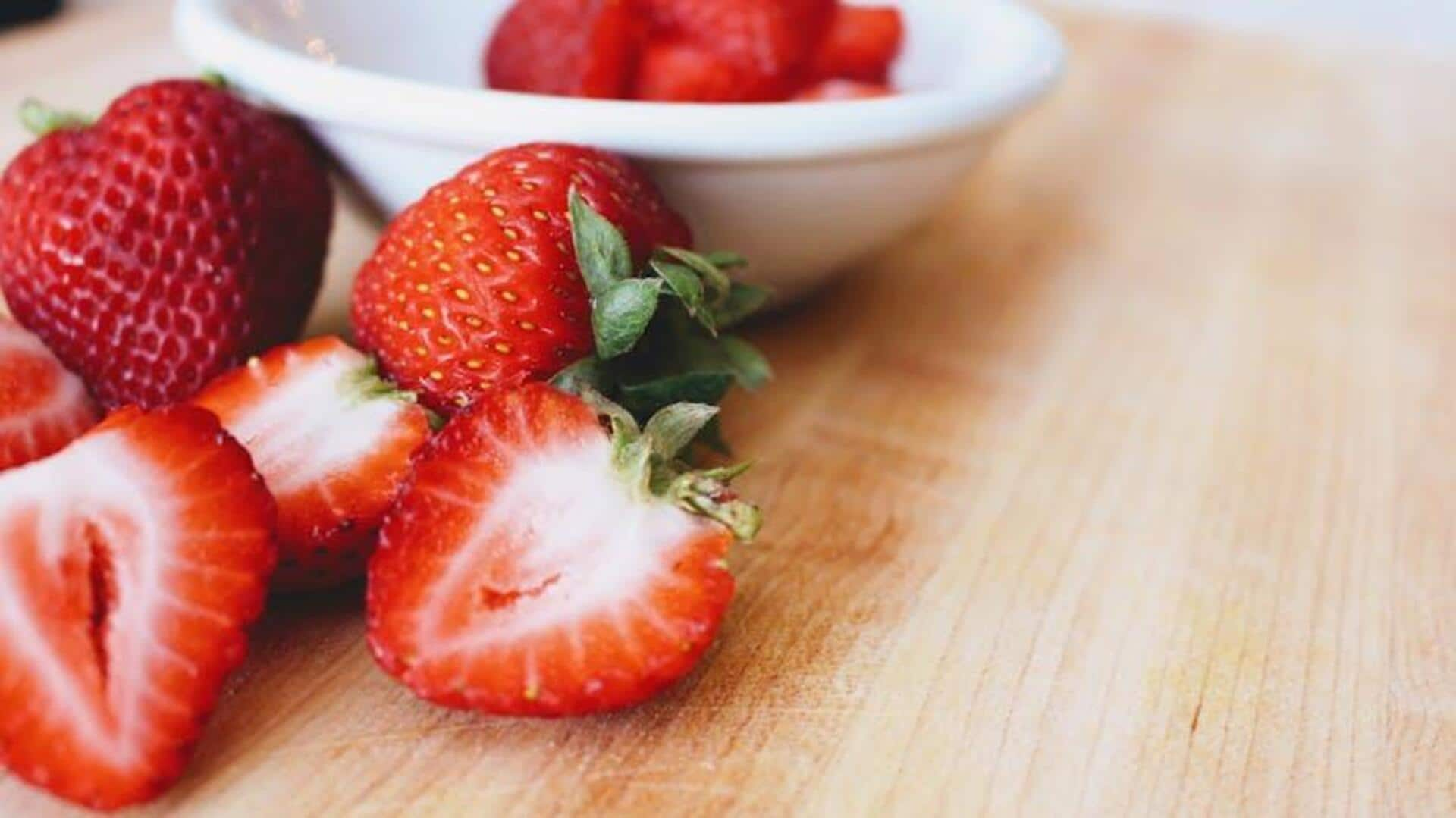
Sparkling strawberries: 5 berry success secrets
What's the story
Growing strawberries can be a profoundly satisfying experience, yielding a bounty of sweet, sun-ripened treats. However, attaining that ideal harvest isn't always easy. It requires a combination of knowledge and diligent care. This article delves into five essential tips for successfully growing strawberries, from choosing the right variety to understanding the intricacies of watering and protection. These strategies will help you cultivate healthy, thriving strawberries that burst with flavor.
Variety selection
Choose the right variety
Choosing the right strawberry variety is key to your garden's success. Take into account climate, disease resistance, and fruiting time. For cooler climates, June-bearing varieties work well, yielding a large crop in early summer. For warmer regions, everbearing or day-neutral varieties provide fruit throughout the growing season. Doing your homework and picking a variety that suits your gardening conditions is the first step to a bountiful harvest.
Soil preparation
Plant in well-drained soil
Strawberries thrive in well-drained soil rich in organic matter. Before planting, incorporate compost or well-rotted manure to improve fertility and structure. Choose a site with at least six hours of sun daily and good air circulation to prevent fungal diseases. Maintain a soil pH between 5.5 and 6.8; test and adjust with lime (for acidity) or sulfur (for alkalinity) as necessary.
Watering needs
Regular watering is key
Strawberry plants require consistent moisture, particularly during fruit development. Provide approximately one inch of water per week either through rainfall or irrigation. This will promote deep root growth. To minimize disease risk, avoid directly wetting the leaves. In warmer climates or during dry spells, you might need to increase the watering frequency. While they need regular watering, strawberries won't tolerate waterlogged conditions. Always ensure good drainage.
Mulching benefits
Mulch to protect your plants
Mulching is beneficial for strawberries for several reasons: it helps retain moisture, control weeds, prevent fruit from getting dirty due to soil splashes, and insulate perennial varieties during winter. Pine needles or straw make great mulch options as they let water through, keep berries off the ground—lowering rot risks—and contribute organic matter back to the soil as they break down.
Feeding schedule
Fertilize wisely
Strawberries require careful fertilization; too much and you'll get lots of leaves but few berries, too little and your harvest will be disappointing. Begin with a balanced 10-10-10 fertilizer at planting, then switch to a high-phosphorus formula just before flowering to encourage robust fruiting—just be sure to avoid high-nitrogen fertilizers late in the season as they can damage the following year's crop.